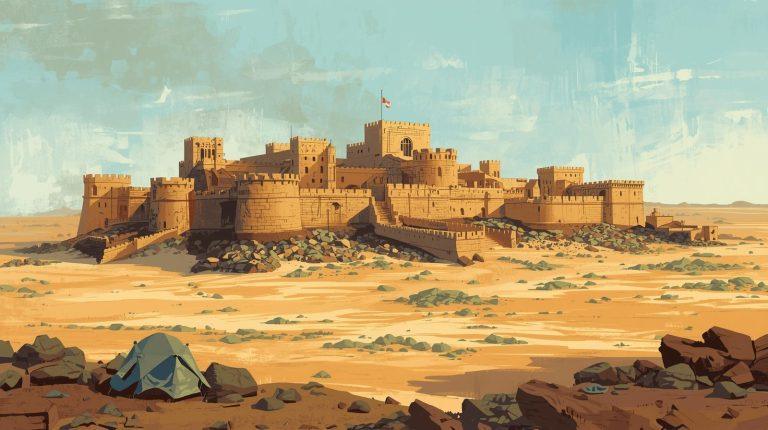For centuries, the sands of Sinai have guarded their secrets — shifting, whispering, hiding pieces of history. But now, on Egypt’s eastern border, archaeologists have uncovered one of the most important military fortresses of the New Kingdom era — a massive 3,000-year-old citadel that once stood as a gatekeeper between Egypt and Palestine.
Uncovering the fortress hasn’t been easy. Shifting dunes buried much of the site, forcing the team to carefully excavate layer by layer.
Discovery at Tell el-Kharouba
The fortress was found at the Tell el-Kharouba site in North Sinai, near the Mediterranean coast. It once formed part of the Horus War Road — the ancient route connecting Egypt to its northeastern neighbors.
During the New Kingdom (around 1550–1295 BC), this route wasn’t just about trade — it was a line of defense. A string of fortresses once guarded it, protecting Egypt from foreign invasions and securing its control over key trade passages.
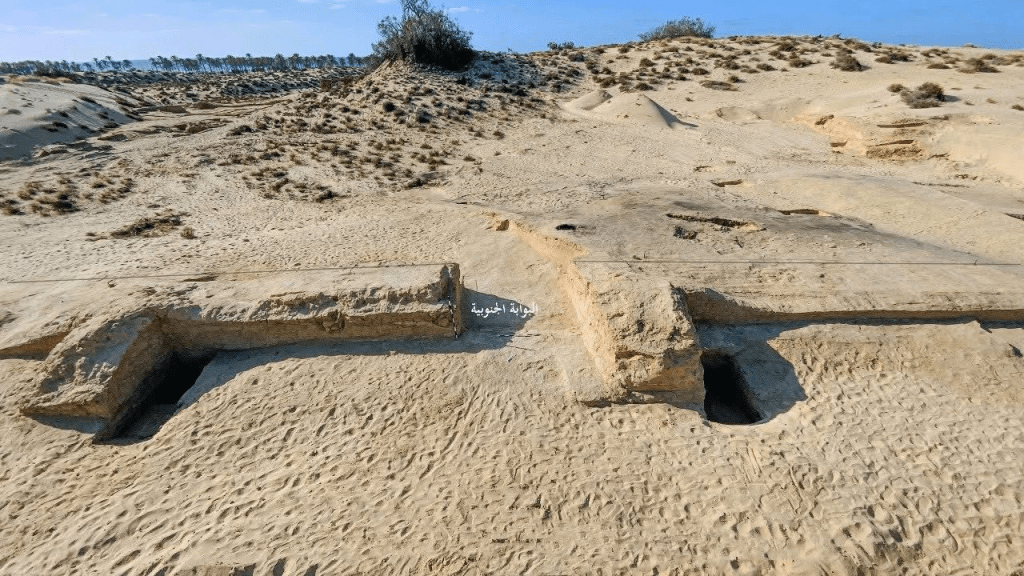
Ancient Wall Exposes Egypt’s Military Might
Excavations revealed a southern wall stretching 105 meters long and 2.5 meters thick, featuring a secondary entrance in the center and eleven defensive towers. These massive structures hint at how formidable this fortress once was — designed to withstand attack and assert control over one of Egypt’s most vital routes.
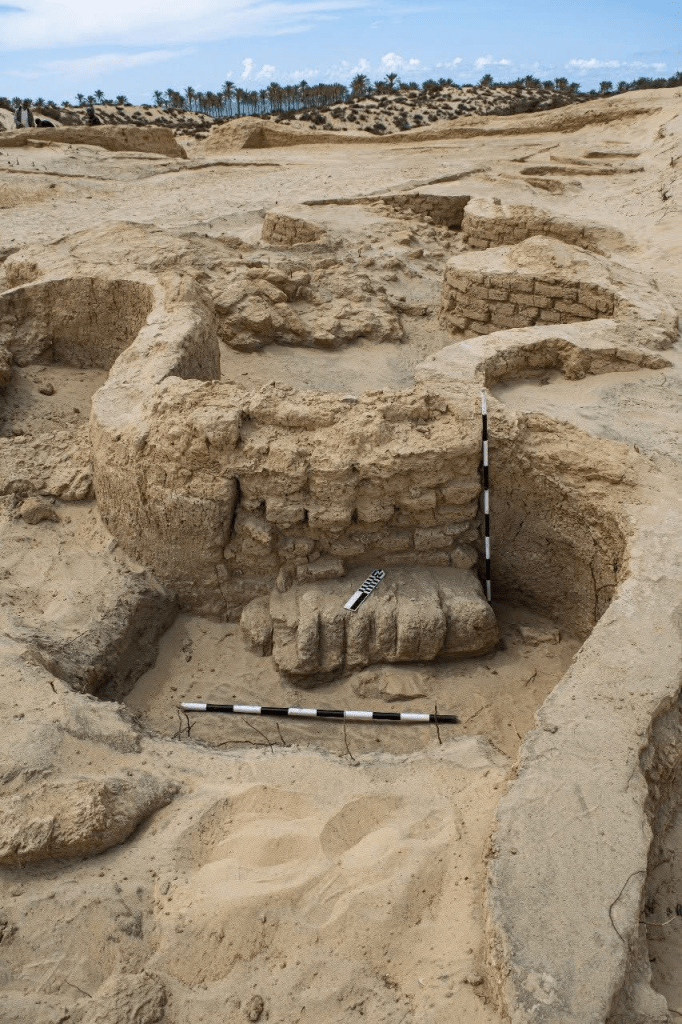
A Glimpse Into Soldiers’ Daily Lives
Beyond its military might, the fortress was alive with activity. Archaeologists found a large bread oven and even fossilized dough, proof that soldiers baked their own bread right there inside the walls.

Pottery shards, vessels, and everyday tools offer a window into what life was like for the people stationed on Egypt’s front line.

The Mark of King Thutmose I & Volcanic Rocks from the Greek Islands
Among the finds was a vessel handle stamped with the name of King Thutmose I, linking the fortress directly to one of Egypt’s greatest pharaohs. This not only dates the site to the early 18th Dynasty but also suggests royal oversight in its construction and operation.
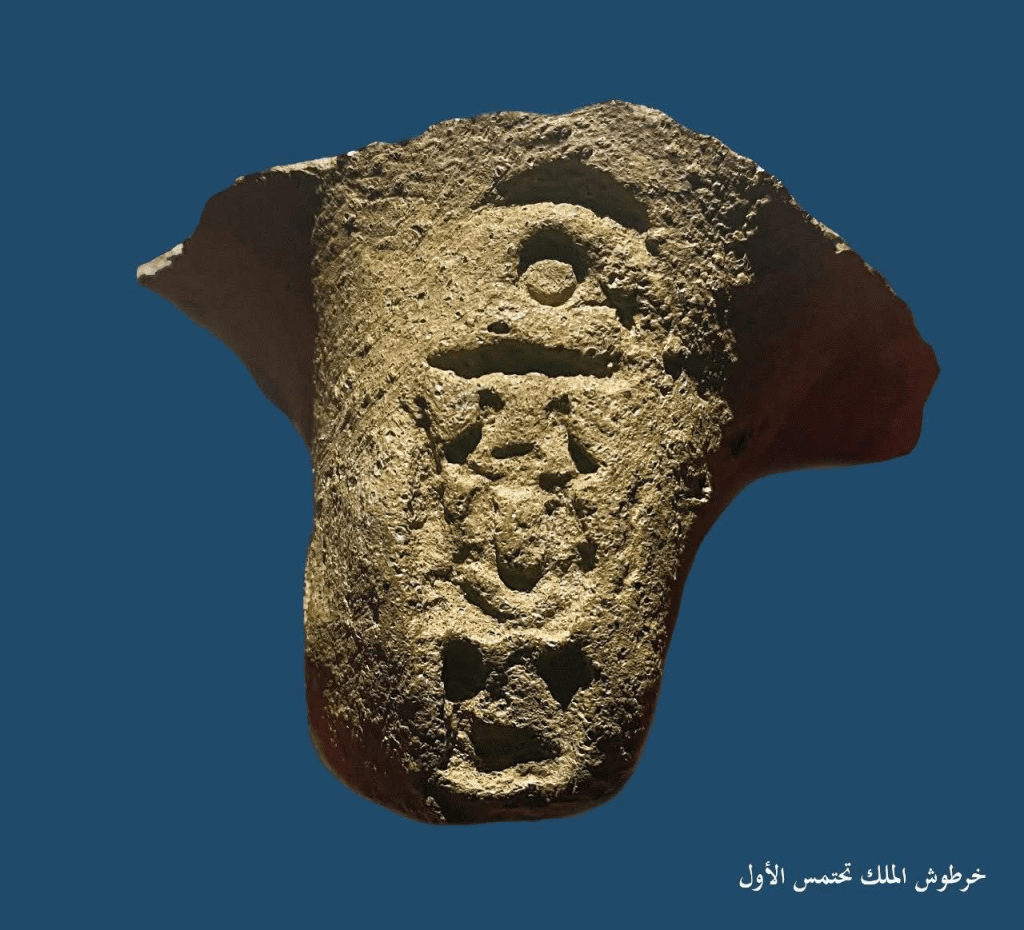
Among the excavation’s surprises were volcanic rocks not native to Sinai. Archaeologists believe they were transported by sea from Greek islands, revealing a sophisticated network of trade and material movement even in military contexts.
A Unique Zigzag Wall in the Western Section
One of the most striking architectural elements is a 75-meter-long zigzag wall running along the fortress’s western side. It separates a residential zone believed to have housed soldiers. This unusual design shows how ancient Egyptian architects adapted their plans to the Sinai’s harsh desert terrain — practical, yet visually bold.
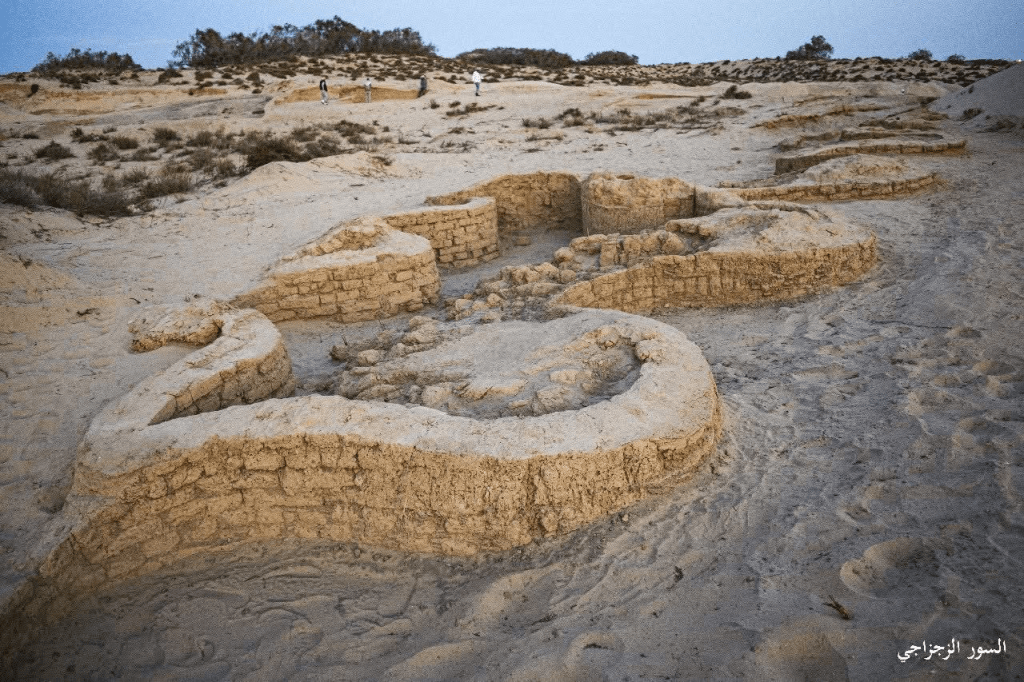
Sinai: The Crossroads of History and Power
Sinai has always been more than just sand and stone. It’s a living archive of Egypt’s resilience — from ancient battles to modern discoveries. With every fortress brought back into light, the story of how Egypt defended, expanded, and thrived continues to grow richer.
We Also Said This: Don’t Miss…Egypt Opens Tomb of Amenhotep III in Luxor After 20 Years of Restoration


